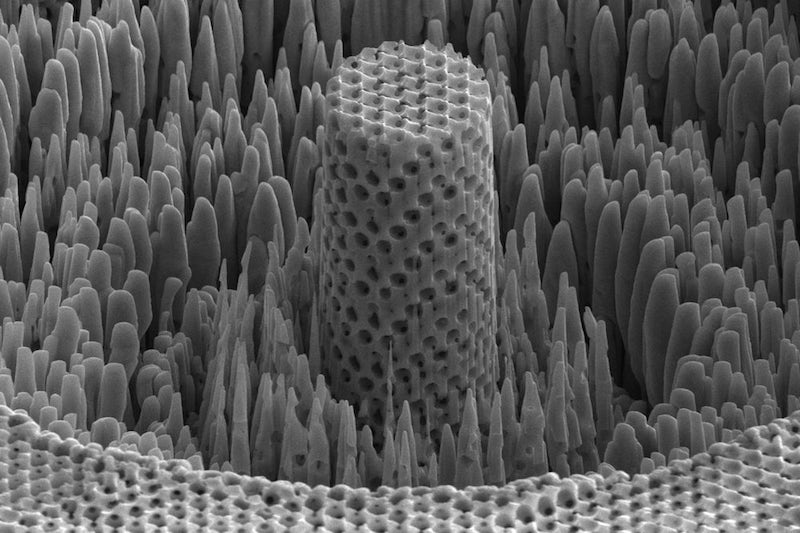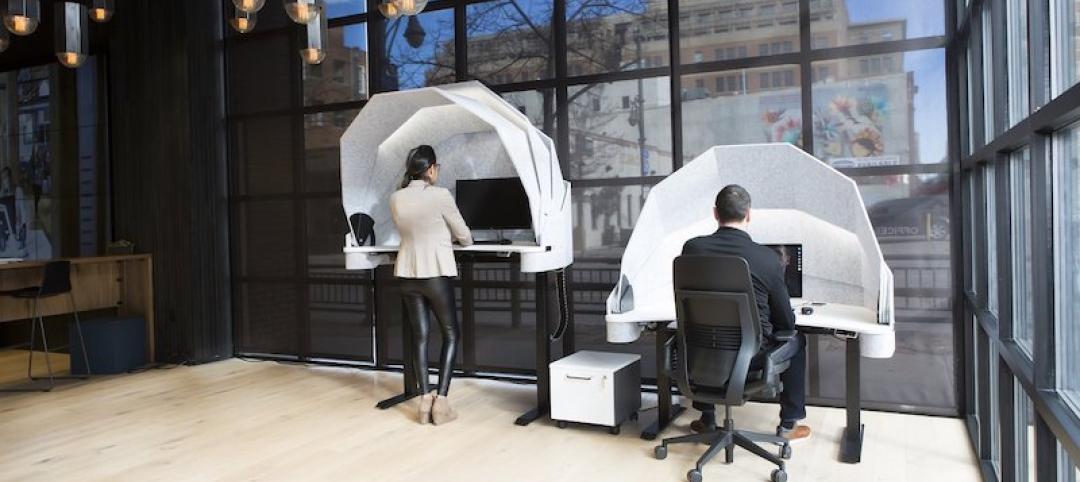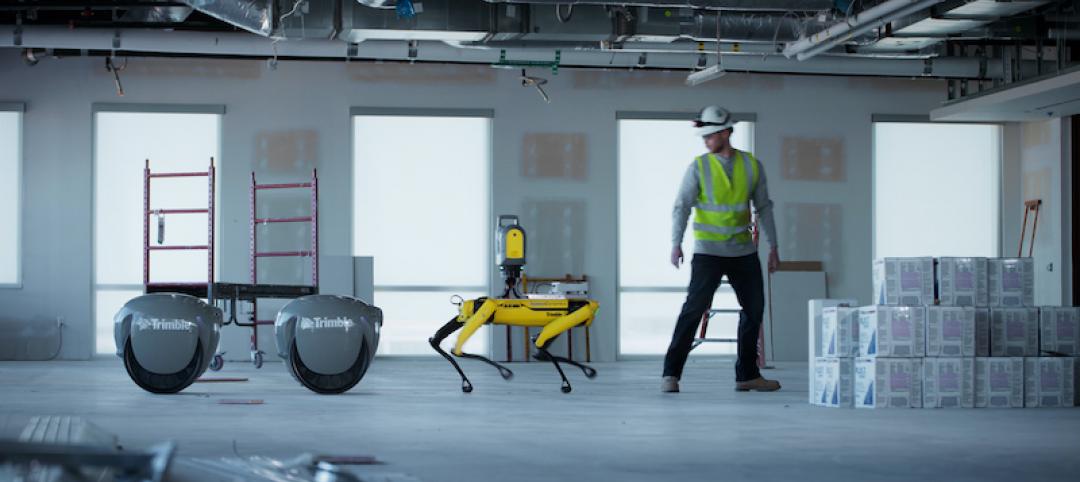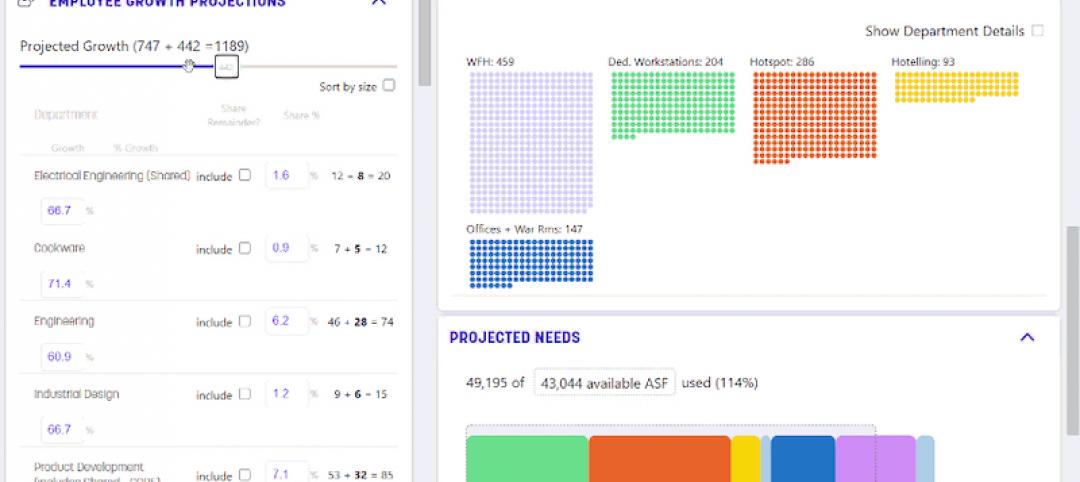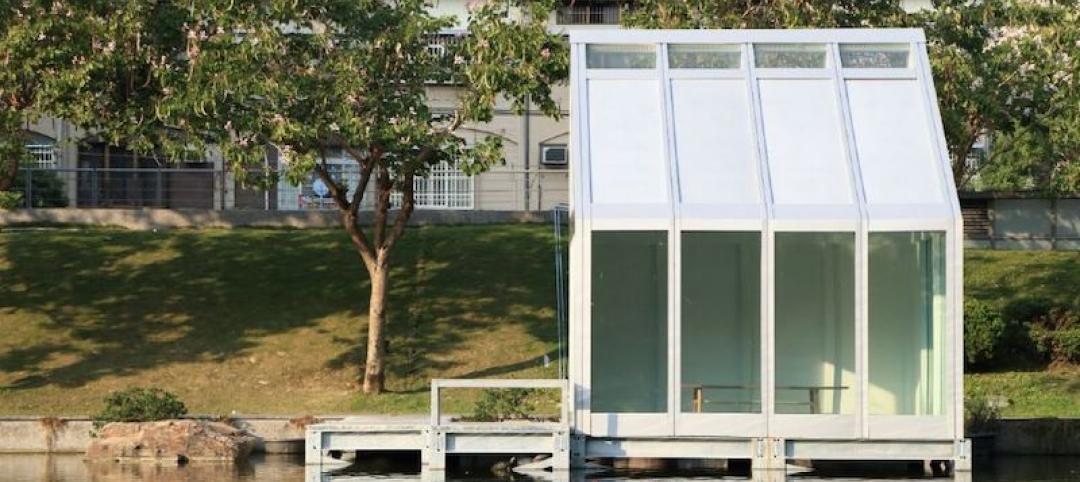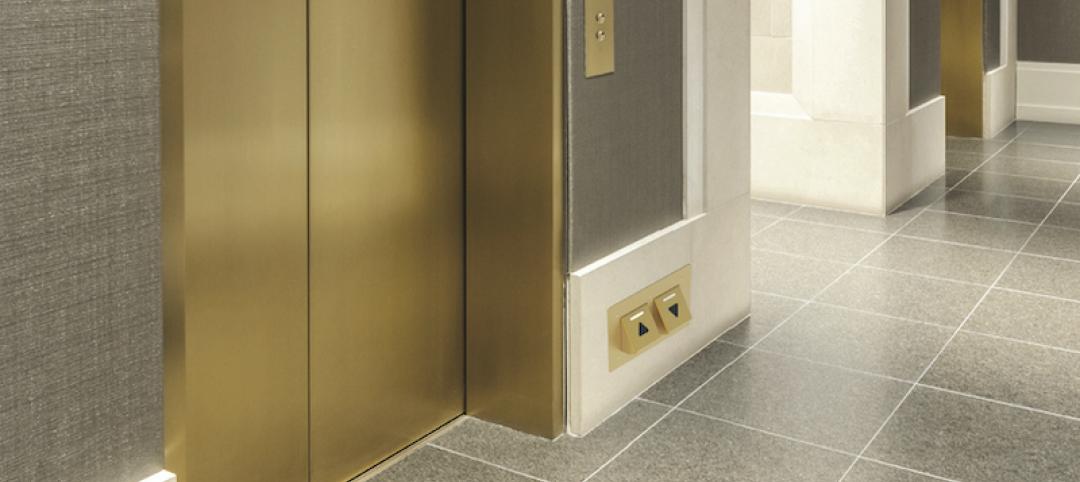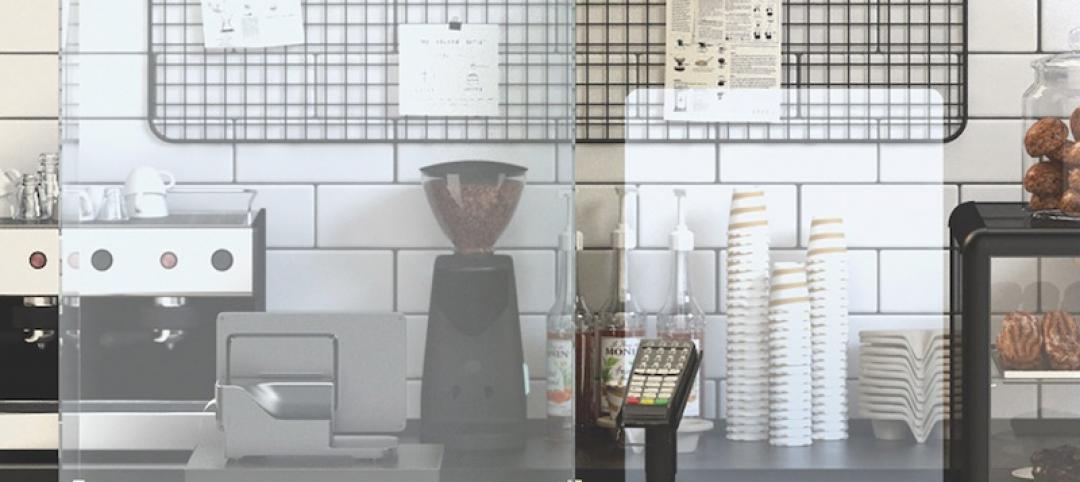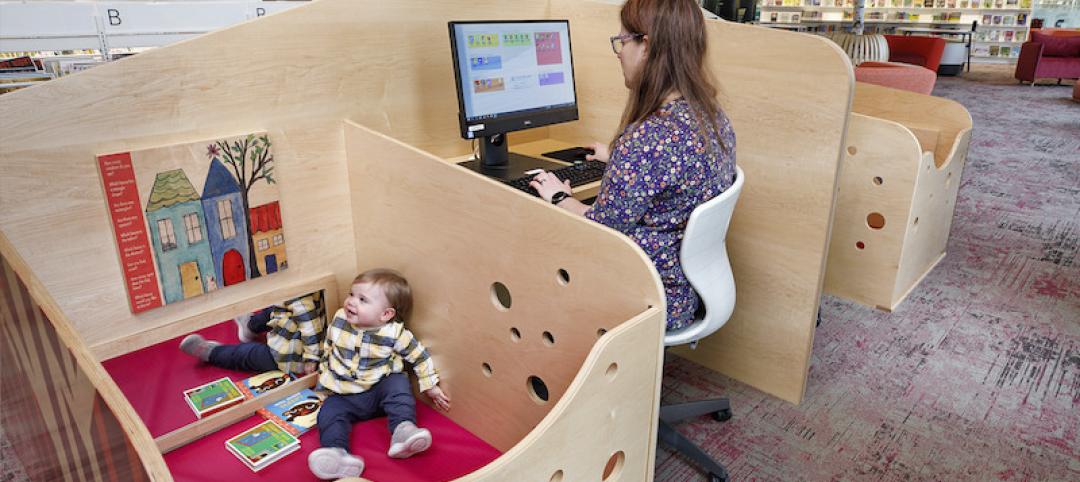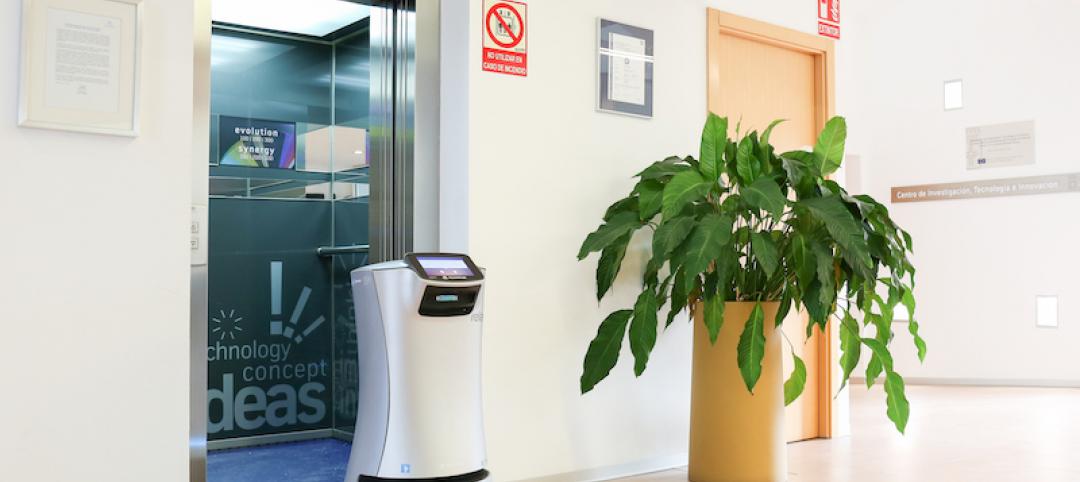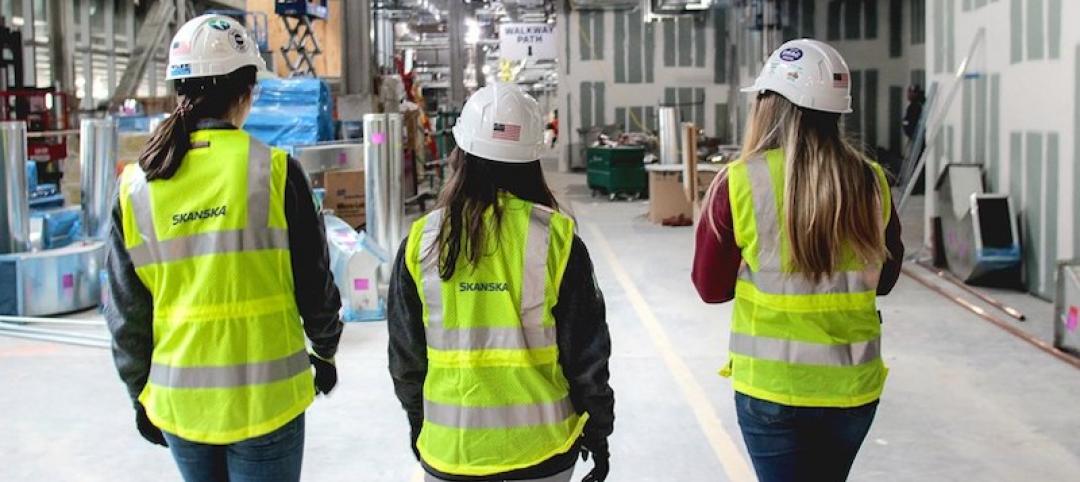Wood has been used as a building material for structures, tools, and weapons for hundreds of thousands of years. And while it is a natural resource, wood has undergone many changes as a material from its earliest uses in primitive weapons.
Engineered products like OSB expanded applications for wood in all types of construction. Cross-laminated timber took wood to new heights. Now, the next evolution of wood can be seen on the scientific horizon.
A group of researchers from Columbia University has created “digital wood” through the use of 3D-printing, while another group of researchers from several universities—including the University of Pennsylvania and Turkey’s Middle East Technical University—have created “metallic wood.”
See Also: An apiary for the sanctuary
In a study published by the researchers from Columbia University (bit.ly/2WKMFye), they explain how multicolor 3D printing is typically used for external color textures wrapped around a monomaterial core. What they have done, however, is 3D print a substance that, both internally and externally, resembles real wood.
The process included using a CNC mill to slice and image olive wood samples at 27-micrometer intervals. A total of 230 images were taken and then prepared for manufacturing on a voxel-capable 3D printer using a stochastic dithering algorithm. The resulting resin block printed from the machine resembled the original wooden block in both its external appearance and its internal color pattern.
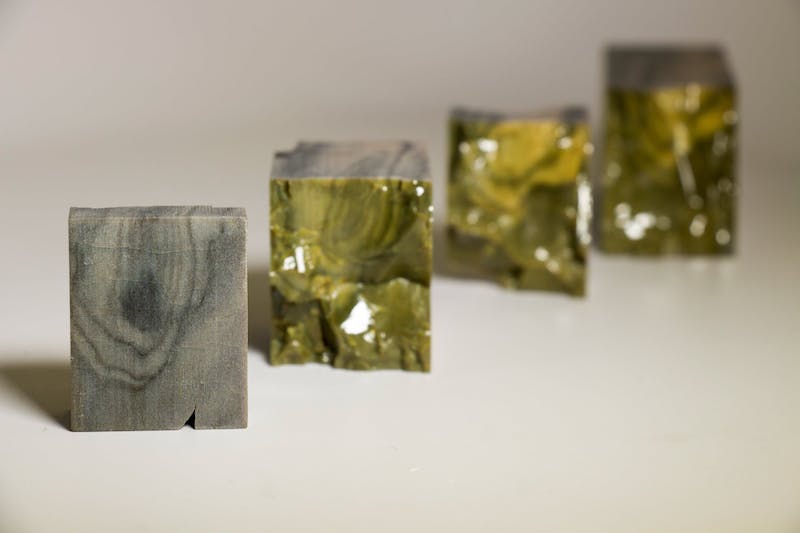 Courtesy Columbia University.
Courtesy Columbia University.
More importantly than just replicating olive wood, the researchers say the workflow can be used in the digital replication of objects with complex internal patterns that are currently impossible to manufacture.
In a separate study, researchers created “metallic wood” that is not so much concerned with the look of wood, but with its density and cellular nature. Like the digital wood, metallic wood isn’t really wood at all. It is actually a nano-structured cellular material based on electroplated nickel, which has the strength of titanium, the density of water, and the porous cellular nature of natural materials like wood. This means the material is as strong as titanium, but four to five times lighter.
The improved strength comes from size-dependent strengthening of load-bearing nickel struts whose diameter is as small as 17 nanometers and whose strength is as high as eight gigapascals.

The process for creating the metallic wood starts with tiny plastic spheres, only a few hundred nanometers in diameter, suspended in water. The water is then slowly evaporated, which causes the spheres to settle and stack like cannonballs. The researchers then use electroplating to infiltrate the plastic spheres with nickel. The plastic is then dissolved with a solvent, leaving behind an open network of metallic struts that can be combined with other functional coatings.
Similar to wood, metallic wood has some areas that are thick and dense with the metal struts, while other areas are porous with air gaps. In fact, about 70% of metallic wood is empty space. These pores could be infused with other materials, such as anode materials, that would allow the metallic wood to be, say, a plane wing that also doubles as a battery.
Related Stories
Great Solutions | Jul 9, 2021
MojoDesk creates a new solution for managing open office distractions
The MojoDome allows for a private work space while also maintaining a collaborative environment.
Great Solutions | Mar 18, 2021
Follow the leader: New following technology better equips robots for the jobsite
New proof-of-concept from Piaggio Fast Forward and Trimble enables robots and machines to follow humans.
Great Solutions | Feb 11, 2021
Simplifying the return to the office
A new web-based tool from Sasaki takes the guesswork out of heading back to the workplace.
Great Solutions | Oct 6, 2020
Could water-filled windows help buildings save energy?
New research shows how water-filled glass could help heat and cool buildings.
Great Solutions | Aug 10, 2020
From lobby to penthouse, elevators can be a 100% touch-free experience
The Toe-To-Go elevator system allows riders to operate the elevator entirely with their feet.
Great Solutions | Jul 13, 2020
Essential protection for businesses
Custom protective barriers help keep essential business employees safe.
Great Solutions | Apr 13, 2020
Family workstations highlight the new Fairfield Area Library
The workstations are the perfect remedy for squirming, restless children and toddlers.
Great Solutions | Feb 5, 2020
Power moves: The Shed
Precise positioning of mechanicals above its lighting keeps New York’s kinetic event space, The Shed, running.
Great Solutions | Dec 18, 2019
Robot uprising
Thyssenkrupp’s robotics interface platform helps robots use elevators like humans.
Great Solutions | Nov 12, 2019
Skanska designs personal protective equipment tailor-made for the female workforce
A safety vest is the first piece of equipment to undergo an update.


